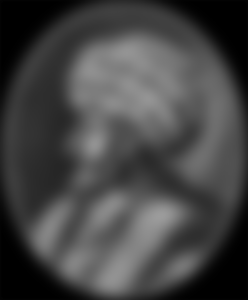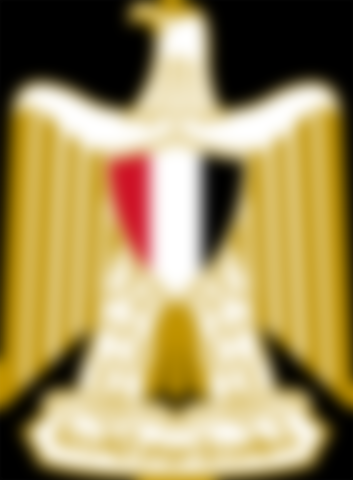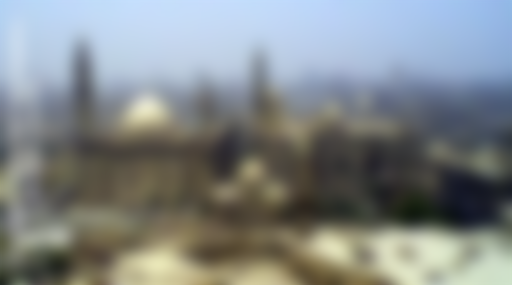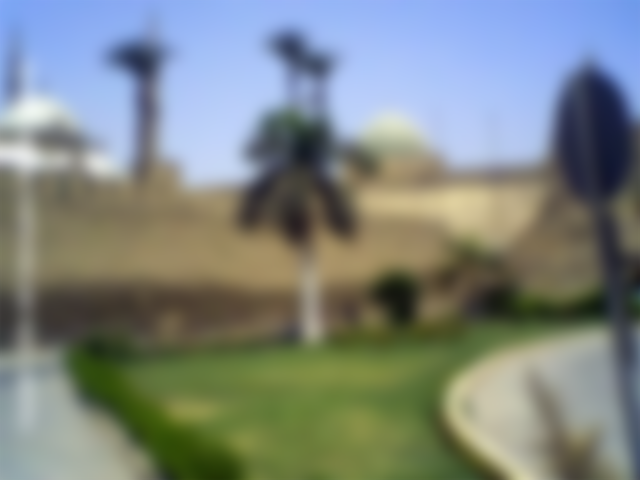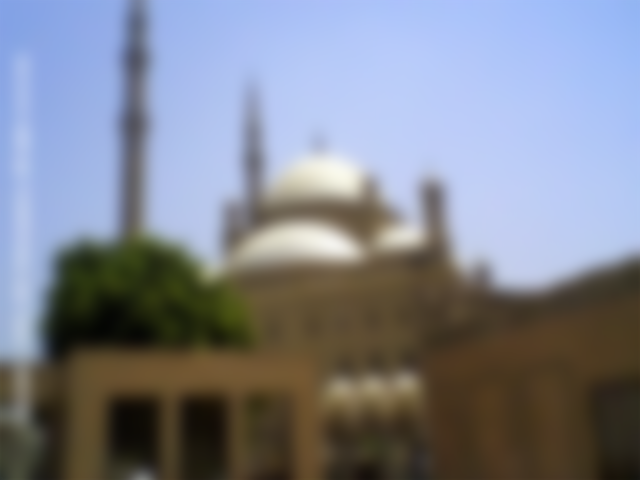Saladin
For many people, Saladin is a Saracen Sultan in Sir Walter Scott's novel "The Talisman", but he did really exist. In Egypt he is a great hero, and in Europe he had a reputation for being extremely chivalrous.
Salāh ad-Dīn Yūsuf ibn Ayyūb [صلاح الدين يوسف بن ايوب] was born in Tikrit, in present Iraq, in 1137 or 1138. For Arabs, he is an Arab hero - yet he wasn't an Arab at all, but a Kurd. As a political and military leader his success was spectacular, and he reversed the battle of war against the invasions of the Crusaders, defeating the Crusader army in the Battle of Hattin in 1187. It was a victory that paved the way for a Muslim retaking of Jerusalem and other crusader settlements.
During the third crusade, much of his winnings were lost again in the battles against the crusaders, led by Richard Cœur-de-Lion, but he negotiated a ceasefire and could retain Jerusalem.
Saladin's career started during the Fatimid Caliphate. In time he rose in degrees and became Vizier for the Fatimid Caliph in Cairo, but a break came about when Saladin joined the Sunnite Caliph in Baghdad instead. In 1171, Saladin formally dissolved the Fatimid Caliphate and reinstated Sunnite Islam. However, he first remained subordinate to the Syrian-Mesopotamian warlord Nur Ad-Din. The latter died in 1174; otherwise it would probably have evolved into a war between him and Saladin.

Saladin continued to develop his empire and founded what is called the Ayybid dynasty in Egypt, Syria, Mesopotamia and Yemen. Egypt was his economic centre. In Egypt, he practically ruled from the abolition of the Fatimid Caliphate in 1171 - first formally under the sovereignty of Nur Ad-Din - from 1174 when Nur Ad-Din died, as lord and sultan. His dynasty remained in power until 1250, when the Sultanate was officially taken over by the peculiar Mamluk dynasty
Other branches of the dynasty ruled in Damascus, Aleppo, Ba'albek, Hims, Hisn Kayfa, Kerak, Mesopotamia, as well as Yemen and Hejaz. In addition to Damascus's rulers, some of whom were Sultans, the other branches were led by an Emir, formally subordinate to the Sultan.
The head of the main branch of the dynasty carried the title of Sultan.
Ayyubid Sultans of Egypt:
Salah al-Din ibn Ayyub (1174-1193).
Al-Aziz Uthman (1193-1198).
Al-Mansur Nasir al-Din Muhammad (1198-1200).
Al-Adil Sayf Al-Din Abu Bakr I (1200-1218).
Al-Kamil (1218-1238).
Al-Adil Sayf al-Din Abu Bakr II (1238-1240).
As-Salih Ayyub (1240-1249).
Al-Mu'azzam Turan-Shah (1249-1250).
Al-Ashraf Musa, Sultan of Egypt (1250-1254). (Only nominal Sultan, in practice the Mamluk Aybak ruled).
The Eagle of Saladin
In Arab Heraldry, there is a symbol called "The Eagle of Saladin". It is a revolutionary symbol which has been the basis for the Coat of Arms of Egypt since the Revolution in 1952, when the essentially Turkish monarchy of Egypt was abolished. It has also been used subsequently by the United Arab Republic, Iraq, South Yemen, and the Palestinians. This is the eagle, as it appears on the current coat of arms of Egypt.
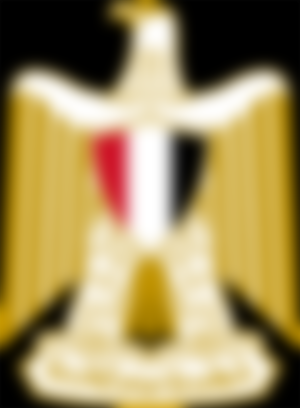
Whether the eagle ever served as Saladin's personal symbol is totally unknown, although many people tend to believe so, or want to believe so.
It was found on a wall in Saladin's Citadel in Cairo, and that's all anyone knows for sure.
Below is a sketch of the original, from a book by Stanley Lane-Poole: "Saladin and the Fall of the Kingdom of Jerusalem", 1898. (Image in Public Domain)
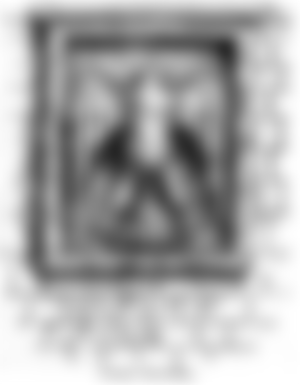
Saladin's Citadel
One of Cairo's most interesting sights is the so-called Saladin Citadel. Or the Citadel on the Mount [Qal'at al-Jabal], which it is also called. It's a construction complex once discussed as a candidate for the Seven Wonders of the World. The Sultan Saladin built it and it was, with a slight interruption, the seat of government in Egypt from his time until 1952. Ayyubids, Mamluks, Ottomans, and Muhammad Ali's dynasty ruled the country from there. All of these made changes or built new structures in the area. However, the total area was never expanded.
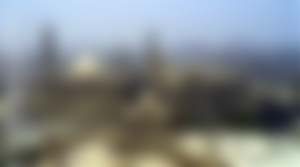
Here is the wall of the Citadel, seen from the outside. The famous Muhammad Ali mosque can be seen in the top left corner. (Photo by the author 2010. Copyright © Meleonymica. All rights reserved.)
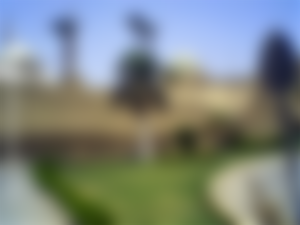
Muhammad Ali built so much there, the most spectacular being the great Muhammad Ali Mosque, that the Citadel is sometimes called Muhammad Ali's Citadel. (We will discuss Muhammad Ali and his dynasty in a subsequent article.)
The Muhammad Ali mosque, the dominating mosque in the Citadel. Here seen from the Gawhara Palace. (Photo by the author 2010. Copyright © Meleonymica. All rights reserved.)
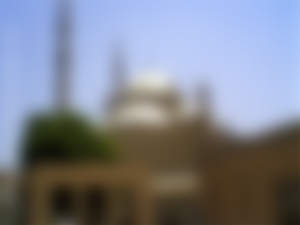
Today, the Citadel falls under the "Supreme Council of Antiquities" and is primarily a tourist attraction. Nevertheless, it is surprisingly unknown in the rest of the world. Everyone knows about the pyramids, but many people have never heard of the Citadel. In any case, in my opinion it is one of the things a visitor in Cairo has to see.
Copyright © 2021 Meleonymica/Mictorrani. All Rights Reserved.
All my articles about Egypt can be found here.
You find all my writings on Read.Cash, sorted by topic, here.
If you are interested in history and Egyptology, join my community History, Myths, Legends & Mysteries (be45).
